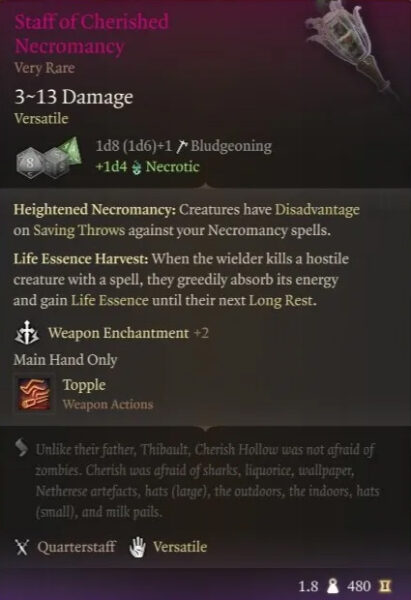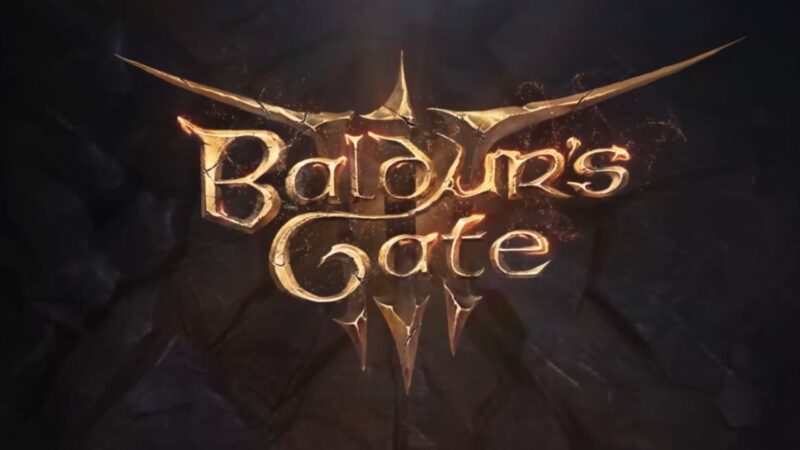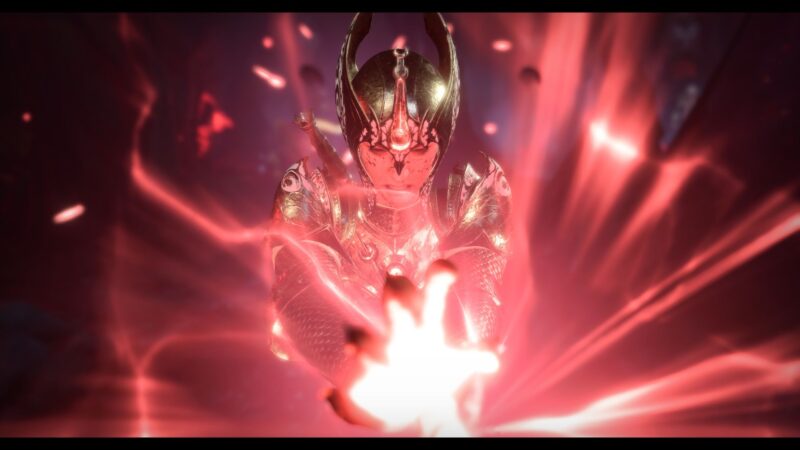Pick the right Wizard Subclasses to help you navigate Baldur’s Gate 3 as we give our tier list ranking for all subclasses from worst to best.

In Baldur’s Gate 3, your Wizard subclass determines specific features unlocked at levels 2, 6, and 10. Unlike other spellcasters, the Wizard has always prepared spells, allowing them to swap spells in and out. Moreover, the Wizard can learn spells by consuming a scroll and some gold using the spell scribing feature. Therefore, every Wizard subclass can access the same types and number of spells.
This begs the question, what makes a Wizard subclass better or worse than the others? It’s the subclass features in conjunction with gear and spells! For instance, the Necromancy Wizard can gain health when killing enemies, which synergizes well with the Necromancy Staff found in Act 3. After killing an enemy equipped with the Cherished Necromancy Staff, the wielder absorbs that energy and can cast any necromancy spell without consuming a spell slot. Features, gear, and spells are the ingredients for a powerful Wizard build, and we will walk you through the tier list, ranking the best and worst of each subclass in Baldur’s Gate 3.
Wizard Subclasses Tier List – Baldur’s Gate 3
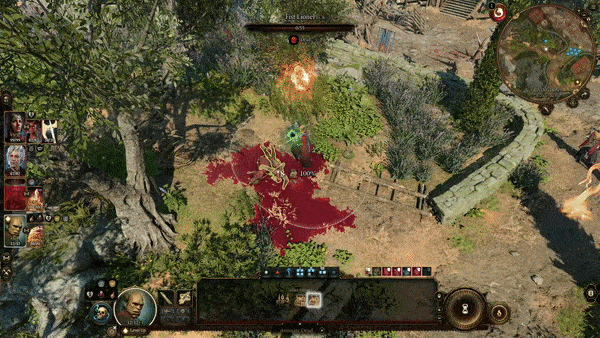
Necromancy School is the best Wizard Subclass because it offers both offensive and defensive subclass features. Health regeneration on kills, the ability to summon extra undead, and resistance to Necrotic damage allow the Necromancy School to shine in Act 3 of BG3. The second best choice is the Evocation School Wizard, which removes friendly fire AOE spells and adds an intelligence modifier to Evocation spells (like a fireball). The best defensive choice is the Abjuration School, which grants the Wizard an Arcane Ward, reducing damage for themselves or allies.
Here is the tier list for the Wizard Subclasses in Baldur’s Gate 3 ranked best to worst:
- S Tier – Necromancy School, Evocation School
- A Tier – Abjuration School, Divination School
- B Tier – Enchantment School
- C Tier – Transmutation School
- D Tier – Conjuration School
- F Tier – Illusion School
Related:
Illusion School (F Tier)
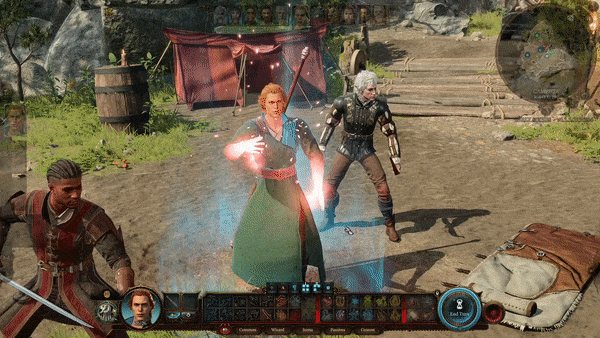
Here’s what the Illusion School Subclass will unlock for you at various levels in Baldur’s Gate 3:
- Level 2 – Illusion Savant: Halves the cost to learn Illusion spells from Scrolls.
- Level 2 – Improved Minor Illusion: cast as a Bonus Action, remain hidden while casting, and cast while Silenced.
- Level 6 – See Invisibility: cast the spell See Invisibility without consuming a Spell Slot (once per short rest).
- Level 10 – Illusory Self: As a Reaction, cause the attack to miss (once per short rest).
The weakest Wizard subclass is the Illusion School because you gain nothing of value from your subclass features. Illusion School increases the effectiveness of Minor Illusion, which is irrelevant at later levels. Minor Illusion is a cantrip that distracts creatures. You can use Greater Invisibility, Seeming, Disguise Self, potions, and gear to avoid detection at higher levels.

The two advantages to the Illusion School would be using Minor Illusion as a bonus action or while silenced. Second, the Illusory Self helps in combat as you can use a reaction when attacked and can use the ability gained after a short rest. Compared to other subclasses, Illusion School provides almost nothing of value and should be avoided if you seek the greatest advantages in combat.
Conjuration School (D Tier)
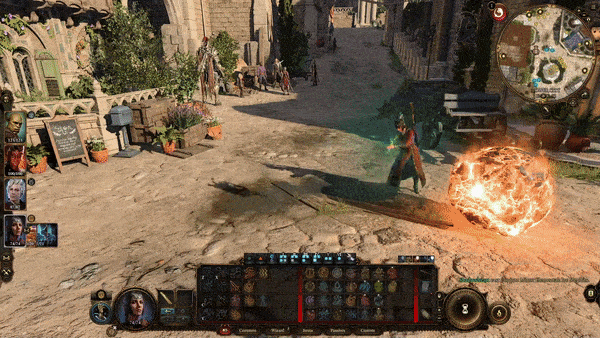
Here’s what the Conjuration School Subclass will unlock for you at various levels in Baldur’s Gate 3:
- Level 2 – Conjuration Savant: Halves the cost to learn Conjuration spells from Scrolls.
- Level 2 – Minor Conjuration Create Water: cast the Create Water spell without consuming a spell slot, once per Short Rest.
- Level 6 – Benign Transposition Teleport: teleport yourself to an unoccupied space or swap with an ally (of size Medium or Small) within 9 meters.
- Level 10 – Focused Conjuration: Damage taken while Concentrating on a Conjuration spell will not break your concentration.
The Conjuration School is ranked D Tier as one of the worst subclasses for a Wizard in BG3 due to the lack of any additional summoning spells or bonuses. You’d expect to gain extra summon creatures like Necromancy School (undead), but instead, you gain the Create Water spell and concentrating bonus. The Focused Conjuration feature is helpful when holding concentration on Call Lighting, Wall of Thorns, and other high-level spells. However, you typically use non-concentration summoning spells like Planar Ally and Heroes’ Feast. Thus, this feature doesn’t synergize with a Wizard build focusing on summoning creatures to aid you in combat.

The strength of Conjuration School is the ability to use Benign Transposition Teleport. Swapping with allies when in trouble or for utility can be fun and valuable. However, the range is only 9 meters, and you need to cast another conjuration spell or rest for a while to use it again. Consequently, you cast Misty Step instead and reroll to a better subclass for the Wizard.
Transmutation School (C Tier)

Here’s what the Transmutation School Subclass will unlock for you at various levels in Baldur’s Gate 3:
- Level 2 – Transmutation Savant: Halves the cost of learning Transmutation spells from Scrolls.
- Level 2 – Experimental Alchemy: You brew two Alchemical Solutions instead of one when combining extracts if you succeed in a DC 15 Medicine Check.
- Level 6 – Transmuter’s Stone: Carry a stone that gains one benefit like Darkvision, increased movement, elemental resistance, and consultation saving throws.
- Level 10 – Shapechanger: Using an action, transform into a blue jay, able to Fly.
The Transmutation School Subclasses for the Wizard is a decent selection because it has utility inside and outside combat; therefore, we rank it C tier. You gain a passive bonus by placing a stone in your inventory. Moreover, you can fly with Shapechanger, turning into a Blue Jay. The weakness of the Shapechanger spell is that you will likely have potions and a Fly spell at level 10, and if you had just gained access to this earlier, it would have been more impactful.

The best way to use a Transmutation Wizard is to craft potions! We suggest using a Hireling specializing in Transmutation with a high Wisdom and Intelligence Ability score to increase medical skills. You then select that Transmutation Hireling to craft all your potions: Speed, Flying, Invisibility, Healing. This will produce extra potions, which is helpful in Honour Mode, where having just one potion of speed is the difference between a failed campaign. Outside of this, there are more powerful Wizard Subclasses to select.
Enchantment School (B Tier)
Here’s what the Enchantment School Subclass will unlock for you at various levels in Baldur’s Gate 3:
- Level 2 – Enchantment Savant Halves the cost to learn Enchantment spells from Scrolls.
- Level 2 – Hypnotic Gaze: Charm a target non-ally creature within 1.5 meters (one per long rest).
- Level 6 – Instinctive Charm: As a Reaction, charm an enemy that attacks you.
- Level 10 – Split Enchantment: You can target 2 creatures with Enchantment spells that would normally only target 1 creature.
Ranking B Tier, the Enchantment School Subclass is a good selection because the Split Enchantment feature allows you to target two creatures with Enchantment spells. Additionally, you gain Hypnotic Gaze, a weak stun due to its limited range of 1.5 meters. However, the Instinctive Charm feature allows you to use a reaction to avoid being hit. Reactions are helpful because they happen during the enemy’s turn and do not require an action or bonus action to use.
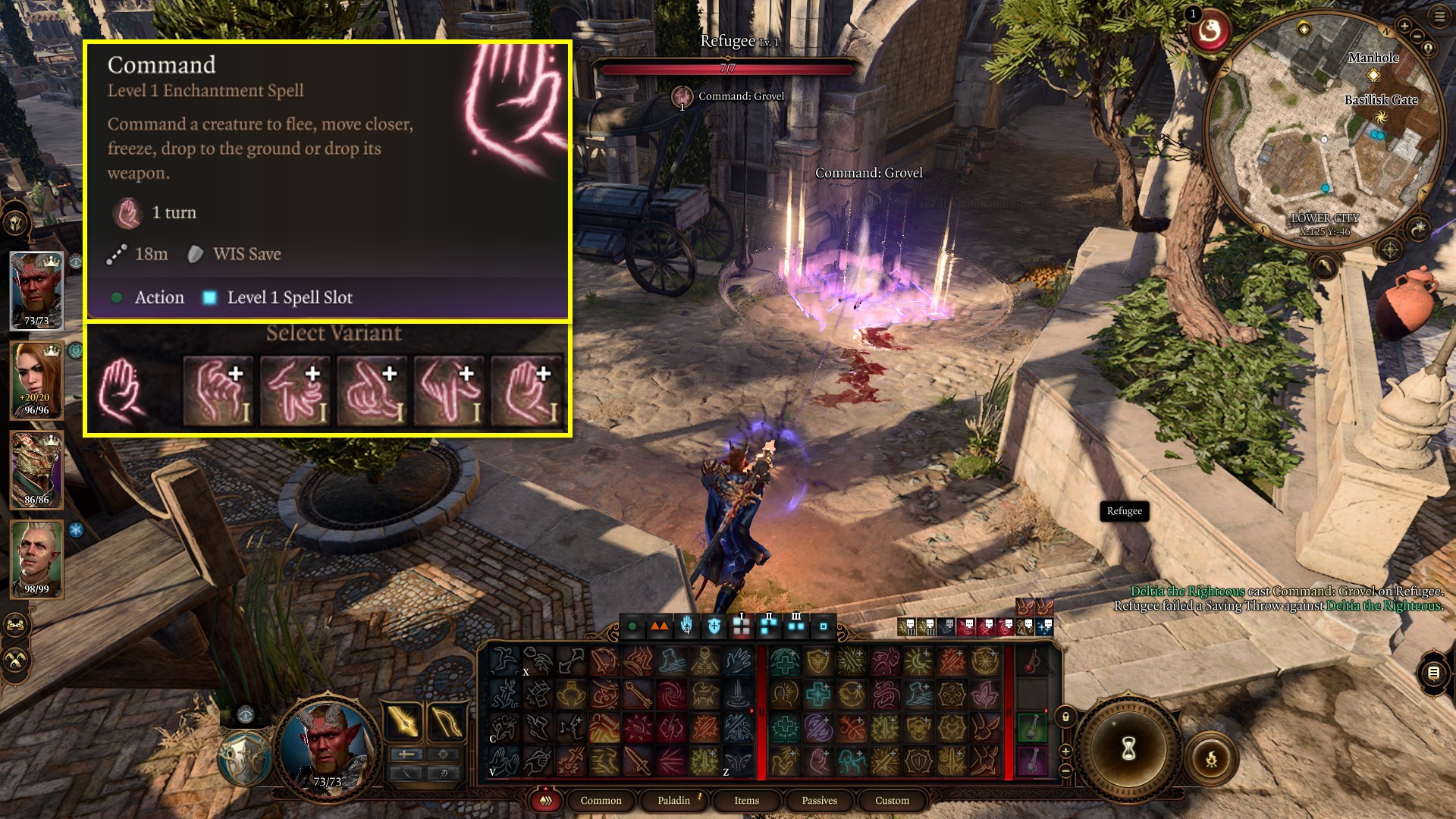
Some of the best crowd control spells, like Hold Person, Command, and Hold Monster, come from Enhancement Schools. The ability to split these spells in two gives the subclass a significant win, but there are better options for the Wizard in BG3.
Divination School (A Tier)

Here’s what the Divination School Subclass will unlock for you at various levels in Baldur’s Gate 3:
- Level 2 – Divination Savant: Halves the cost of learning Divination spells from Scrolls.
- Level 2 – Portent: Gain two Portent Dice used as a reaction to change the die of any Attack Roll or Saving Throw rolled within 9 meters.
- Level 6 – Expert Divination: You may gain an additional Portent Die when taking a Short Rest.
- Level 10 – Third Eye Darkvision: gain the ability to see in the dark out to 24 meters like superior Darkvision without expending a spell slot.
- Level 10 -Third Eye See Invisibility: gain the ability to see Invisible.
The Divination School Wizard Subclass is Ranked A Tier in Baldur’s Gate 3 due to the Portent subclass feature allowing you to change dice rolls. The Portent feature seems similar to the Luck feat, which manipulates dice rolls and is helpful when you miss by 1 and need to hit that Command stun on a deadly enemy. Portent has a 9-meter range and can support allies’ saving throws or attack rolls. Thus, it provides excellent group utility, though you will likely be positioned in the group’s rear.
The weakness of Divination School is the lack of an impactful subclass feature at level 10. Gaining Darkvision and Invisibility are helpful, but you can likely use potions or spells to access these improvements to your Wizard build. Thus, you are stuck with the Portent feature being the only utility source from the subclass selection. However, Divination School is still a strong choice because Baldur’s Gate 3 is a game of dice rolls, and changing them at will is incredible!
Also Check:- BG3 Interactive Map
Abjuration School (A+ Tier)
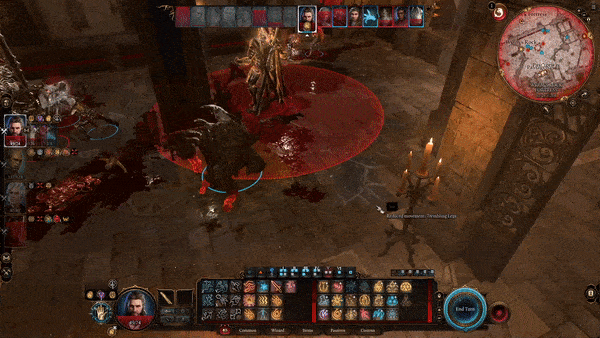
Here’s what the Abjuration School Subclass will unlock for you at various levels in Baldur’s Gate 3:
- Level 2 – Abjuration Savant: Halves the cost to learn Abjuration spells from Scrolls.
- Level 2 – Arcane Ward: Each time you cast an Abjuration spell, the intensity of the ward increases by the amount of the spell’s Level, up to a maximum of 2x your Wizard level. Each time you take damage, the ward blocks an amount of damage equal to its intensity, and its intensity decreases by 1. After each Long Rest, the ward’s intensity resets and becomes the same as your Wizard level.
- Level 6 – Projected Ward: As a reaction, when a nearby ally takes damage, you can sacrifice your Arcane Ward to reduce the damage they take, and its intensity reduces by 1.
- Level 10 – Improved Abjuration: Each time you take a Short Rest, the intensity of your Arcane Ward increases by an amount equal to your Wizard level.
The Abjuration School Wizard is the “tank” subclass for the Wizard, and we rank it A+ Tier due to its durability and Arcane Ward feature. With Arcane Ward, you gain a shield that scales in effectiveness with your Wizard levels. Thus, you can shield yourself or allies, making your Wizard incredibly durable even in Cloth!
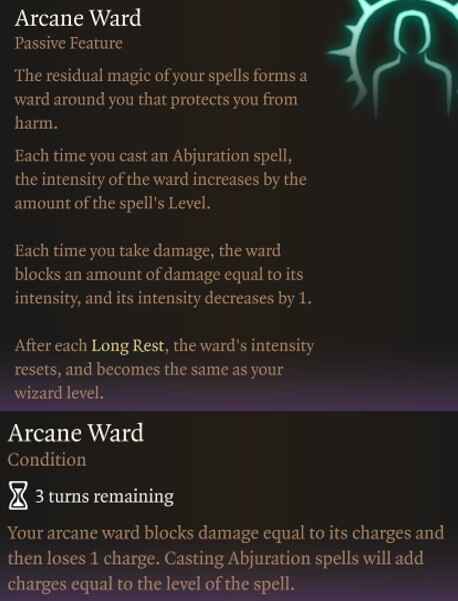
To make the most out of the Arcane Ward feature, you must cast high-level Abjuration spells consistently. We suggest using Banishment, Glyph of Warding, and Globe of Invulnerability. You can also upcast spells to increase the intensity and size of the shield. The downside to the Abjuration Wizard is the lack of any offensive bonus. This is a pure, defensive-minded spellcaster subclass and a great one, but the lack of damage keeps it at A+ Tier.
Evocation School (S Tier)
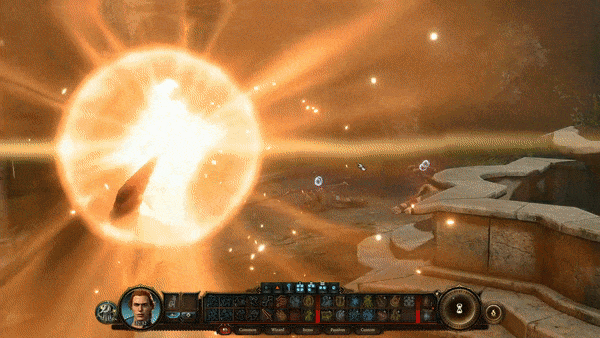
Here’s what the Evocation School Subclass will unlock for you at various levels in Baldur’s Gate 3:
- Level 2 – Evocation Savant: Halves the cost of learning Evocation spells from Scrolls.
- Level 2 – Sculpt Spells: Allies automatically succeed in their Saving Throws and take no damage from these spells.
- Level 6 – Potent Cantrip: When a creature succeeds in its Saving Throw against one of your cantrips, it still takes half the cantrip’s damage but suffers no additional effects.
- Level 10 – Empowered Evocation: add your Intelligence Modifier to damage rolls with any Evocation spells.
The best offensive-minded Wizard subclass is the Evocation School, ranking it S Tier for three features that aid in damage. Scrulpt Spells is the best overall feature, allowing you to cast area (AOE) damage spells on top of friendly allies without damaging them. Thus, you won’t have any friendly fire with Evocation Wizard. Moreover, the Empowered Evocation adds your intelligence modifier to damage rolls for Evocation spells. With 20 Intelligence or 22 with Mirror of the Loss, you gain an additional 6 damage. That adds up when you hit a fireball on 6 targets!
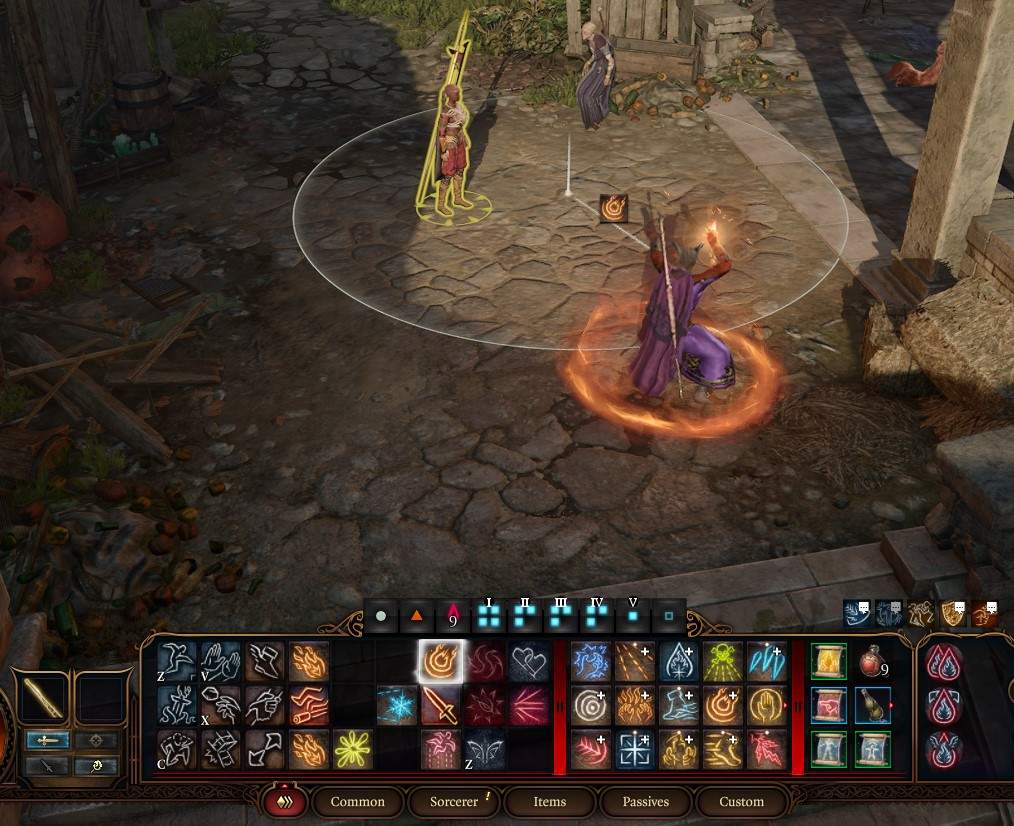
We love the Evocation Wizard simply because of the no-friendly fire feature. It’s simple, easy to play, and is the best choice for a complex class, the Wizard. However, there is one better subclass with offensive, defensive, and utility that shines in Act 3: the Necromancy School subclass.
Necromancy School (S+ Tier)
Here’s what the Necromancy School Subclass will unlock for you at various levels in Baldur’s Gate 3:
- Level 2 – Necromancy Savant: Halves the cost to learn Necromancy spells from Scrolls.
- Level 2 – Grim Harvest: Once per turn, if you kill a creature with a spell, you regain Hit Points equal to twice the Spell Slot level used – thrice if it’s a Necromancy spell. Undead and Constructs are unaffected.
- Level 6 – Undead Thralls Animate Dead: You gain the Animate Dead spell.
- Level 6 – Undead Thralls Additional Undead: raise an additional corpse.
- Level 6 – Undead Thralls Better Summons Creatures: created with Animate Dead have additional hit points equal to your Wizard level, and your Proficiency Bonus is added to their damage.
- Level 10 – Inured to Undeath You have steeped yourself so completely in death that you are Resistant to Necrotic damage, and your hit point maximum cannot be reduced.
The best Wizard Subclass in Baldur’s Gate 3 is the Necromancy School because you gain health on kill, can summon additional undead, and gain resistance to Necrotic damage. However, Necromancy school does not start strong like Evocation, and you will have friendly fire on AOE spells. The Act 3 combination makes up for this, however.
Necromancy Wizard Combo
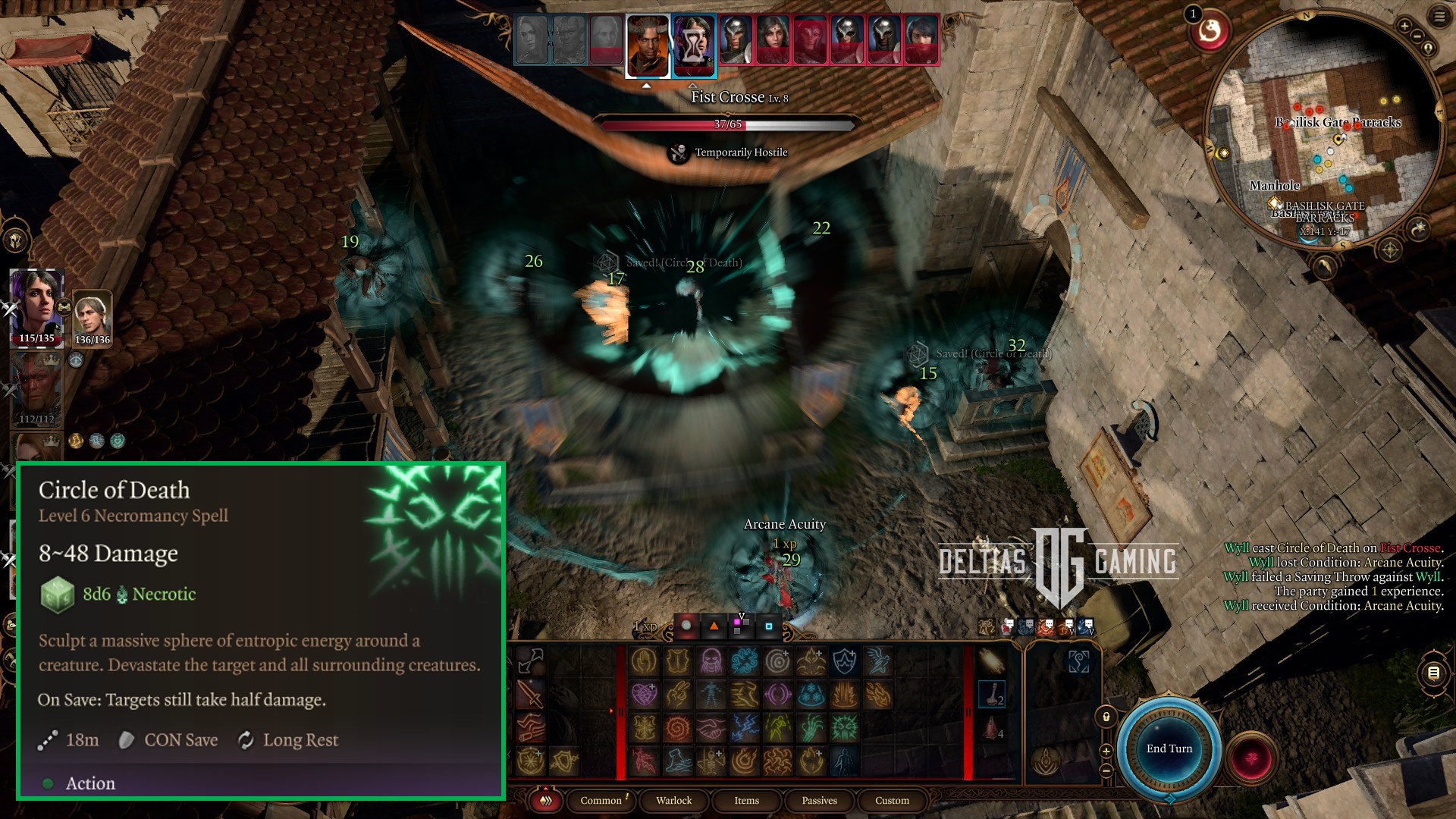
In Act 3, you want to obtain the Staff of Cherished Necromancy. This gives you a free Necromancy School spell upon killing an enemy in combat. This Life Essence Harvest feature stacks with Grim Harvest, giving you back three times the Hit Points equal to the spell level used. The issue with spellcasters in BG3 isn’t powerful spells; it’s limited spell slots. The Staff of Cherished Necromancy allows you to repeatedly cast some of the most powerful in the game, like Blight and Circle of Death.
You have two strong damage spells: Blight for a single target or Circle of Death for area damage (double fireball radius). Unlike other Wizards, this combination keeps you full of health and spell slots, giving you unparalleled damage and survivability in Act 3.
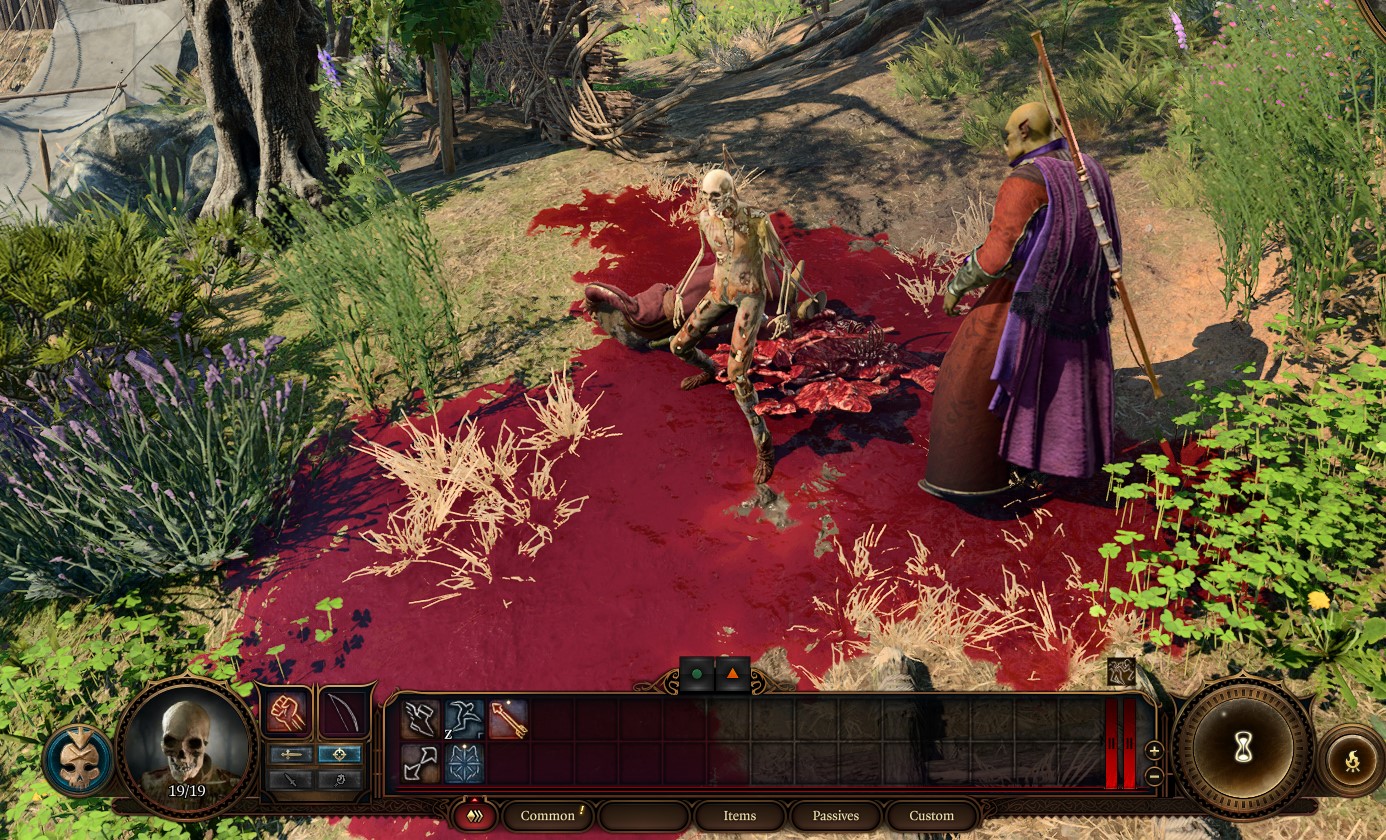
Lastly, the Animate Dead features add summons, health, and damage! You would think this feature would be tied to Conjuration, but it’s not, and you can upcast this spell and continue to cast spells thanks to Staff of Cherished Necromancy. We understand not everyone wants to be an evil zombie summoning Necromancer. In that case, we suggest Evocation Wizard. However, if you’re looking for the ultimate Wizard subclass at end game in Act 3, select the Necromancy School, you won’t be disappointed.
Looking For More About Baldur’s Gate 3?
Thank you for reading Baldur’s Gate 3: Wizard Subclass Tier List. We provide the latest news and create guides for Baldur’s Gate 3. Also, watch me play games on Twitch or visit my YouTube channel!
 Reddit
Reddit
 Email
Email


